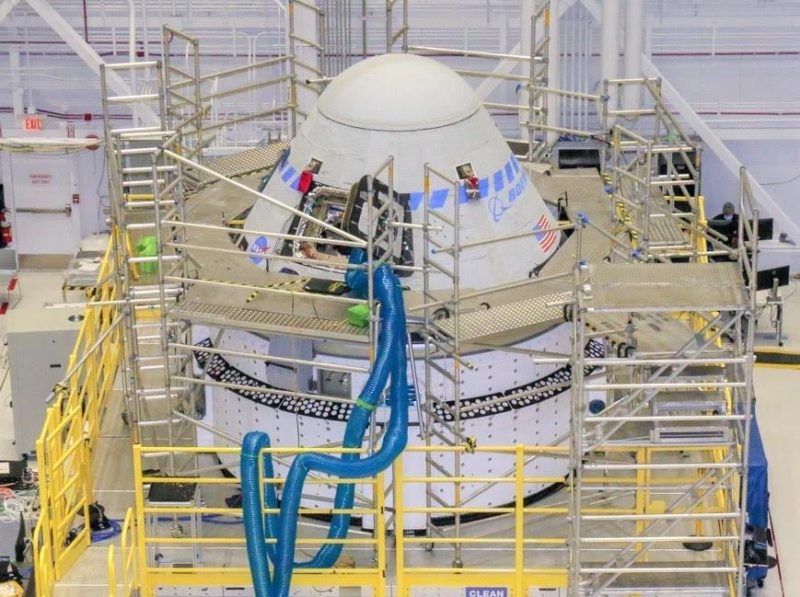
SpaceX successfully conducted a Static Fire Test of a once-before-flown Falcon 9 booster on Saturday, ahead of next week’s scheduled launch of Dragon Endeavour and NASA astronauts Shane Kimbrough and Megan McArthur, together with Japan’s Aki Hoshide and Frenchman Thomas Pesquet. Liftoff of the B1062 core, which previously saw service to loft the Crew-1 team last November, is targeted to occur at 6:11 a.m. EDT Thursday from historic Pad 39A at the Kennedy Space Center (KSC) in Florida.
The four astronauts are aiming for a six-month stay aboard the International Space Station (ISS), with both Hoshide and Pesquet expected to take turns commanding the sprawling orbital outpost. At the same time, fellow Commercial Crew Program partner Boeing announced Saturday that it is targeting August-September for the second uncrewed Orbital Flight Test (OFT-2) of its CST-100 Starliner to the ISS.
In its update, Boeing noted that it “will evaluate options if an earlier launch opportunity becomes available”, but that the late summer timeframe has been dictated by an opening at the space station for docking and undocking operations, as well as the availability of the United Launch Alliance (ULA) Atlas V rocket and the Eastern Range. The company added that it will be “mission-ready” as soon as May and that all work on the CST-100 Starliner spacecraft is complete, with the exception of cargo loading and fueling, which in any case will occur much closer to launch.
Although not unexpected—and understandable given the heavy ISS schedule of spacewalks, uncrewed visiting vehicles and the arrival of Russia’s long-awaited Nauka (“Science”) research lab in the summer—it is another disappointment for Boeing’s troubled spacecraft, which first launch atop a ULA Atlas V for its long-awaited OFT-1 mission to the station at 6:36 a.m. EST on 20 December 2019.
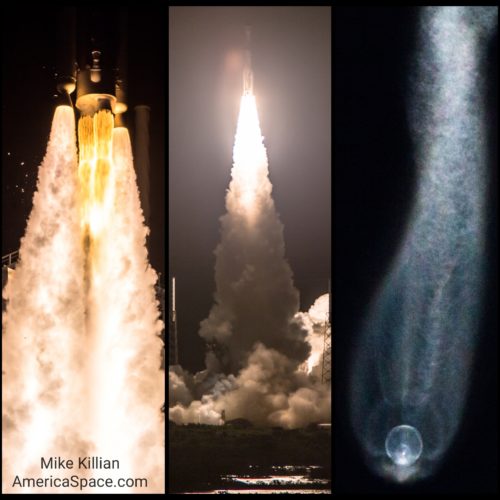
Shortly after attaining orbit, an automated timing issue aboard Starliner forced flight controllers to call off its rendezvous and docking with the ISS and the mission returned safely to Earth two days later, becoming the first U.S. human-rated capsule to touch down on solid ground when it landed via a combination of parachutes and air bags at White Sands, N.M., early on 22 December.
Despite an incomplete OFT-1 mission, Starliner successfully demonstrated its propulsion systems, its communications systems, its Guidance, Navigation and Control (GNC), its Environmental Control and Life Support System (ECLSS) and—through a series of in-flight extension/retraction tests—its NASA Docking System (NDS).
And although NASA noted that an actual ISS docking was not a mandatory requirement to “crew-certify” Starliner, and pointed out that had a crew been aboard OFT-1 they could have taken manual control and likely overcome the automated timing problem, it became increasingly likely as 2020 dawned that another uncrewed flight would need to take place.
A High Visibility Close Call (HVCC) Review, led by NASA Associate Administrator for Human Exploration and Operations Kathy Lueders and Commercial Crew Program Manager Steve Stich revealed a worrisome number of technical and organization root causes for the troubled mission. In March 2020, an joint NASA/Boeing Independent Review Team (IRT) found that three principal anomalies had plagued the flight. Two were classified as “software coding errors”.
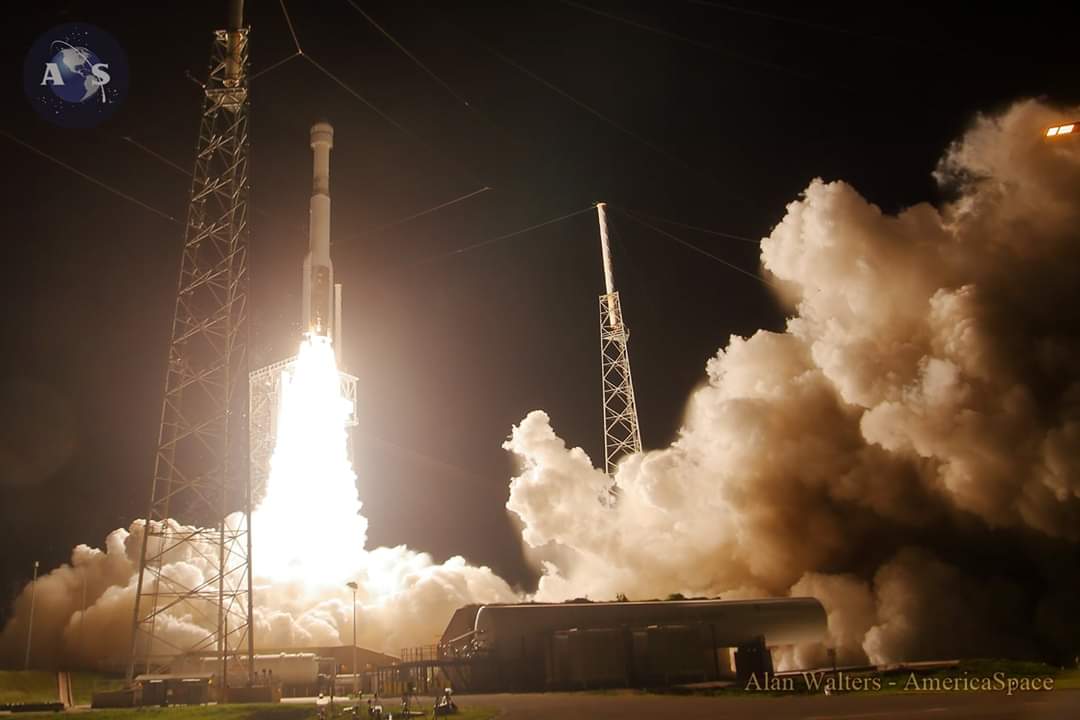
Starliner incorrectly synched its Mission Elapsed Timer (MET) with the Atlas V before the Terminal Countdown, leading it to presume that it was at a different point in its mission following separation from the booster and correspondingly failing to perform its correct maneuvers at the proper time. And another issue might have impaired the successful separation and disposal of its service module at the mission’s end.
“Ground intervention”, it became clear, had prevented a Loss of Vehicle incident in both of these software anomaly events. A third issue revolved around an unanticipated loss of Space-to-Ground Communications, where an intermittent forward-link issue impeded flight controllers’ efforts to command and control the spacecraft.
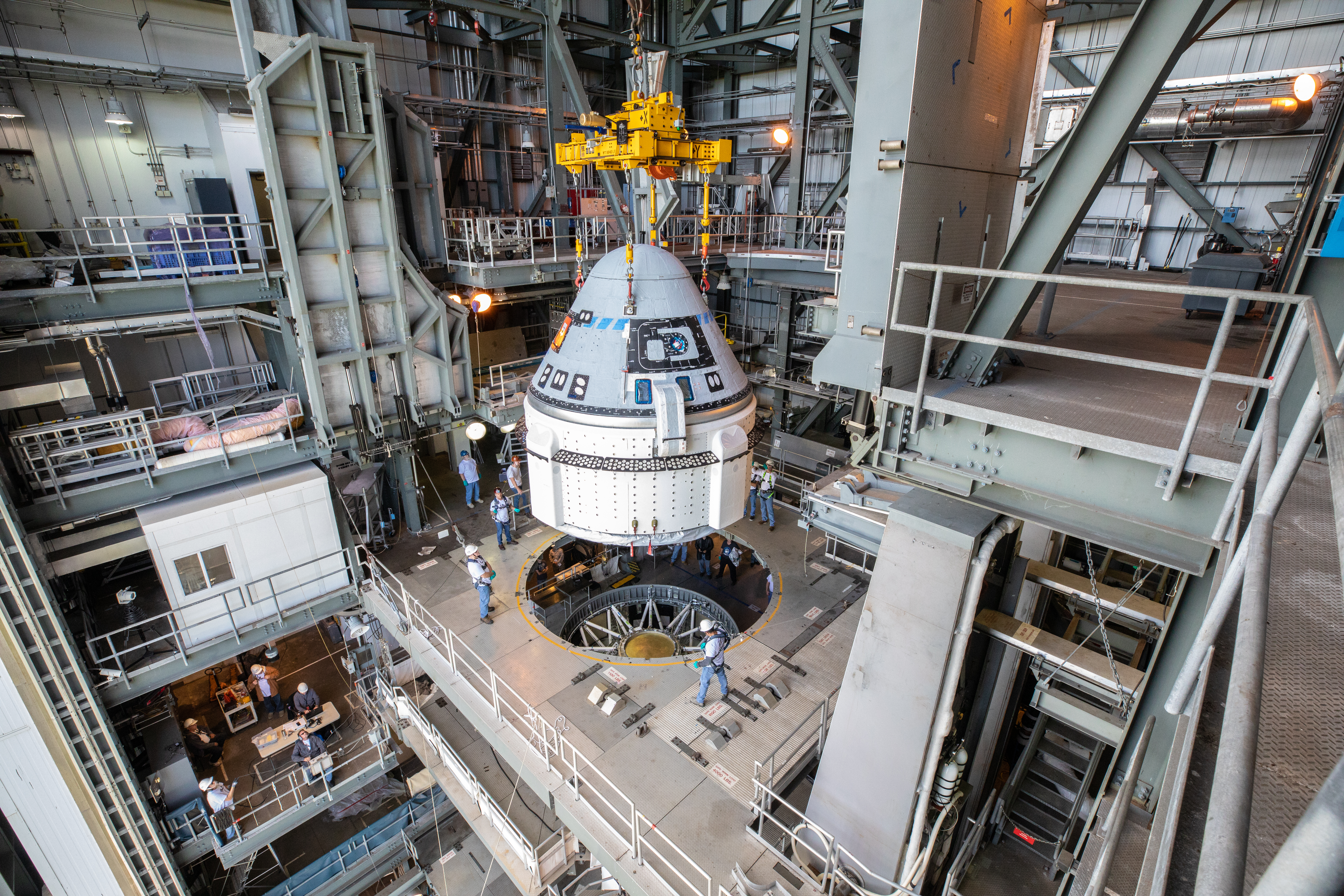
This was traced to Radio Frequency (RF) interference with Starliner’s communications system. Had astronauts been aboard OFT-1, the ability of Mission Control to establish reliable voice communications with the crew might have been adversely impacted.
In its overview, NASA outlined a total of 80 recommendations that it is addressing with Boeing after the conclusion of the HVCC process. Areas to be addressed fell into five broad categories. Twenty-one related to testing and simulation, emphasizing the need for greater hardware and software integration testing, performance of an end-to-end “run-for-record” test before each flight, reviews of subsystem behaviors and limitations and the identification of simulation and emulation gaps.
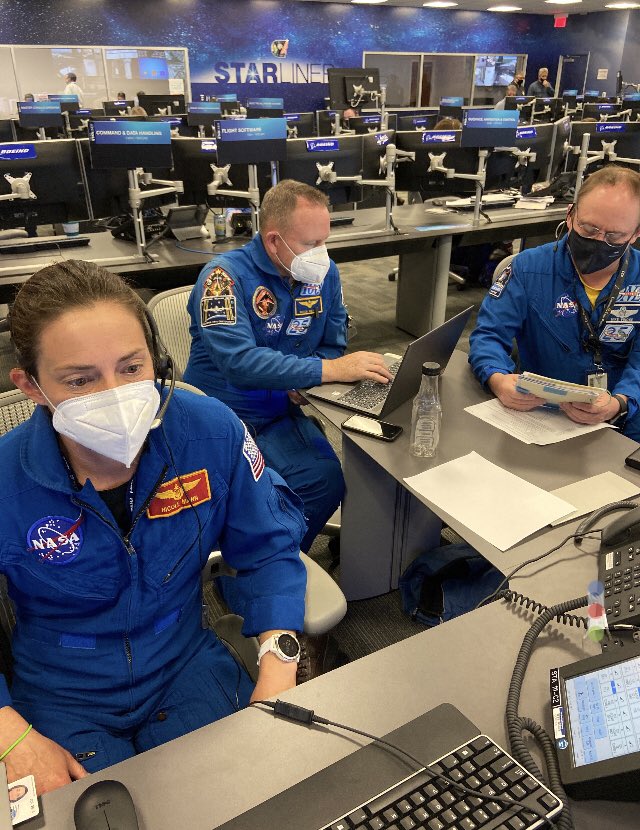
Ten pertained to assessment of all software requirements with multiple logic conditions to ensure full test coverage. Thirty-five others required modifications to Change Board documentation, bolstering the numbers of participants in peer reviews and test data reviews and and “increasing the involvement of subject matter experts in safety-critical areas”. Seven dealt with the need for changes to the NASA/Boeing safety culture, whilst another seven focused upon updates of the Starliner software coding issues which caused the MET and service module separation problems.
Following the investigation, Boeing committed to review and correct the software coding for the MET and service module disposal burns, strengthened its review processes and enhanced the fidelity of its testing to ensure overall “product integrity”. Early in April 2020, the company announced plans to fly an uncrewed OFT-2 mission, at no added cost to the U.S. Government, although that mission—originally targeted for last fall—has met with significant delay, which pushed it firstly into early January 2021, then late March and now later into the summer.
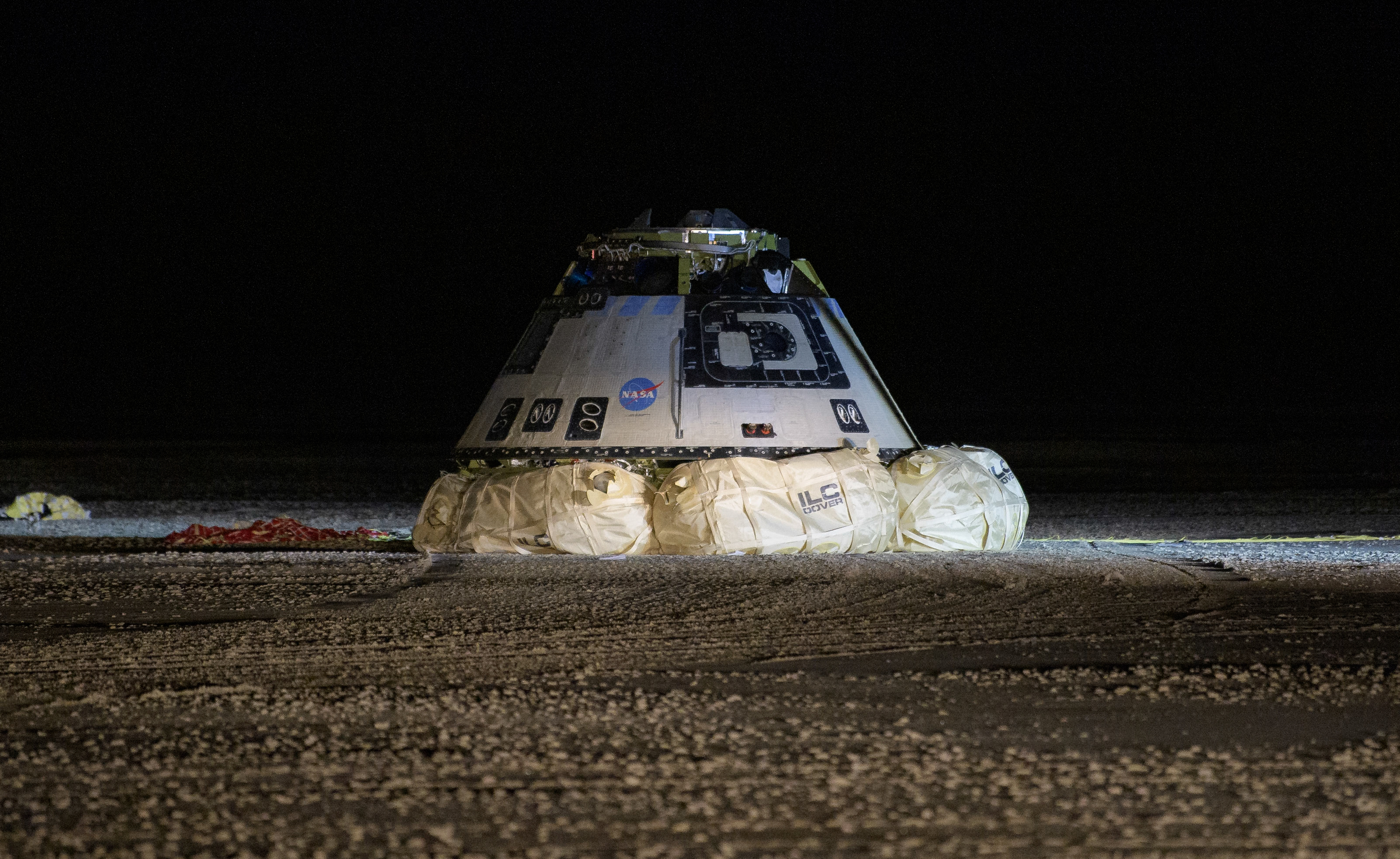
The most recent delays, to be fair, have not been the fault of Starliner, but rather a complex juggling-act of ISS requirements. With multiple crew-carrying spacecraft arrivals and departures in April, the May-July timeframe is similarly packed.
Northrop Grumman Corp.’s NG-15 Cygnus cargo ship is set to depart next month, with SpaceX’s CRS-22 Dragon expected to arrive in June and a packed July featuring the arrival of Nauka, the departure of the long-serving Pirs (“Pier”) docking module from the Russian Orbital Segment (ROS) and a tight timeline of Extravehicular Activity (EVA).
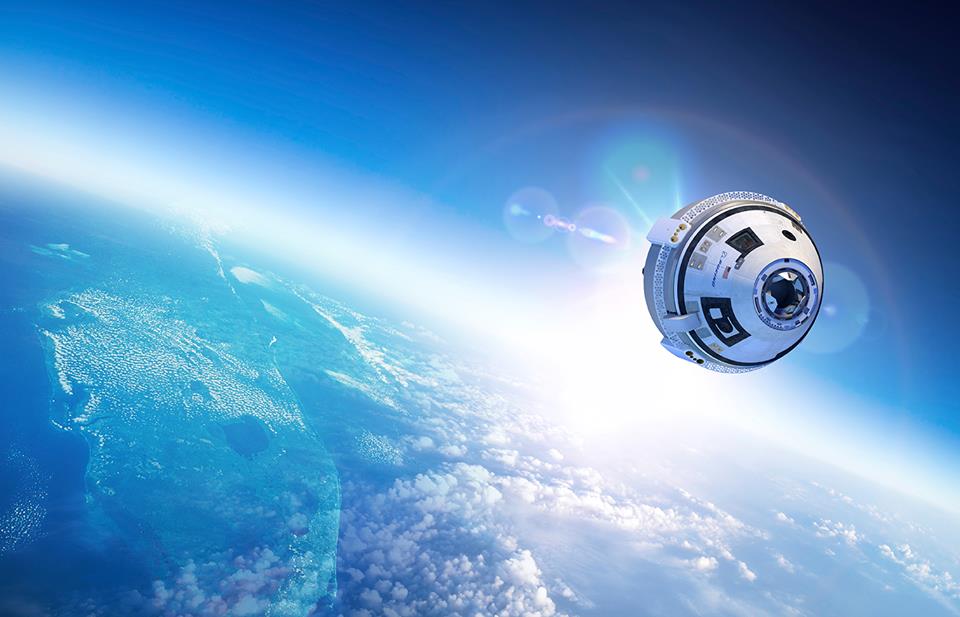
Since OFT-1, Boeing’s testing of its spacecraft has continued, with additional parachute trials at White Sands during the second half of 2020 under “dynamic abort conditions and a simulated failure”. And in January, Boeing reported that it had formally requalified Starliner’s flight software load, ahead of OFT-2.
This work involved an intricate series of static and dynamic tests in the Avionics and Software Integration Lab (ASIL) in Houston, Texas, which validated software performance in tandem with the recommended flight hardware across “hundreds of cases, ranging from single-command verifications and comprehensive end-to-end mission scenarios with the core software”.
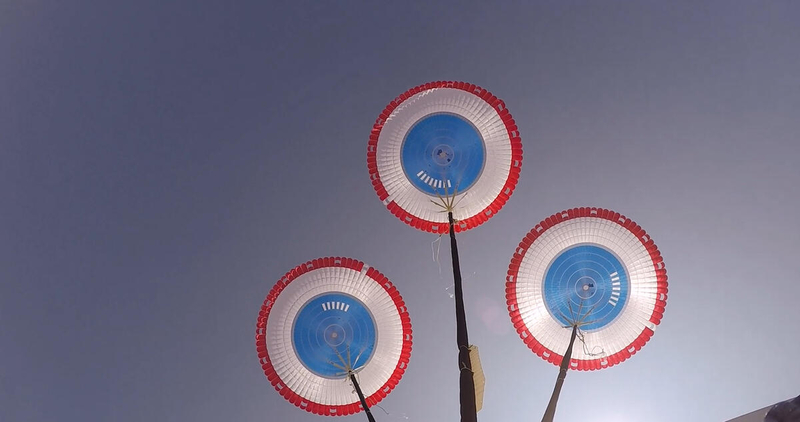
Boeing has reportedly submitted all verification and validation paperwork to NASA and is completing all recommended actions. “Software and Mission Operations teammates in Houston have been hard at work conducting flight software simulations, including end-to-end confidence and integration testing that will serve as a mission dress rehearsal before every future Starliner flight,” the company announced Saturday. “Boeing expects to conclude all software testing in April and will support [NASA’s] post-test reviews as needed.”
Looking ahead, OFT-2 is set to last approximately a week and will dock and undock autonomously at International Docking Adapter (IDA)-2, on the forward-facing port of the station’s Harmony node. Assuming that the mission runs without significant wrinkles, the way will be clear for the Crew Flight Test (CFT), comprising Commander Barry “Butch” Wilmore, Pilot Nicole Mann and Joint Operations Commander (JOC) Mike Fincke.
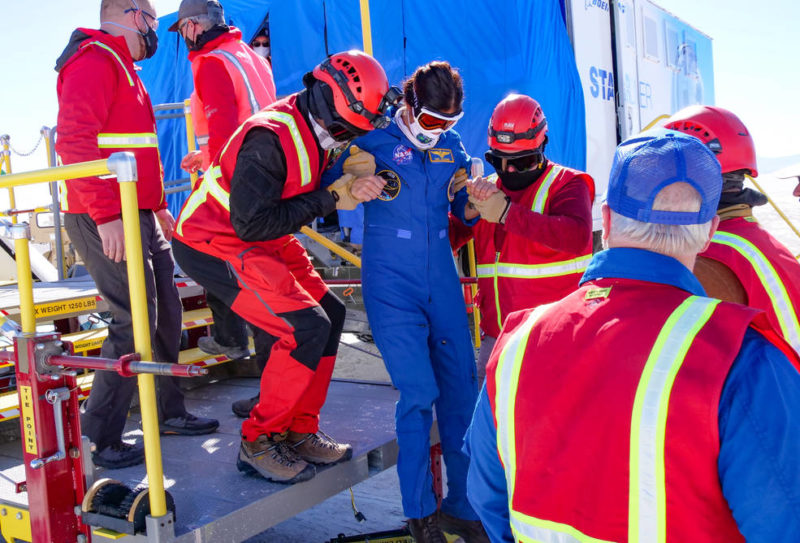
An exact duration for CFT remains to be confirmed, with initial expectations of a flight lasting about two weeks, although NASA previously indicated its intent to fly a longer mission. But with direct handovers planned between the SpaceX Crew-2 and Crew-3 Dragons later this year, and similar direct handovers between Soyuz MS-18 and MS-19, the ISS already has a full staff of seven throughout 2021, raising the prospect that CFT may revert to a short-duration flight.
The launch date for CFT also hangs very much in the balance, with NASA suggesting in February that a late spring launch would place Wilmore, Mann and Fincke’s mission in the late summer timeframe, about six months later. However, in its Saturday update, Boeing hinted that the movement of OFT-2’s date will “enable the shortest turnaround time possible between flights, while maintaining its focus on crew safety”. It remains to be seen if this points to a shorter interval between the OFT-2 and CFT missions.
FOLLOW AmericaSpace on Facebook and Twitter!
Missions » ISS » CCDev » Crew-2 »



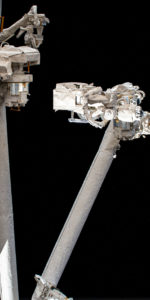
8 Comments
8 Pings & Trackbacks
Pingback:Atlas Rocket Stacked, Awaits Starliner’s Arrival for 2nd Orbital Flight Test July 30 « AmericaSpace
Pingback:Starliner Stacked Atop Rocket for Launch of Boeing’s 2nd Orbital Flight Test July 30 « AmericaSpace
Pingback:Starliner Stacked Atop Rocket for Launch of Boeing’s 2nd Orbital Flight Test July 30
Pingback:Atlas Rocket Stacked, Awaits Starliner’s Arrival for 2nd Orbital Flight Test July 30
Pingback:Weather 60-Percent Favorable for NET Tuesday Launch « AmericaSpace
Pingback:Weather 60-Percent Favorable for NET Tuesday Launch of OFT-2
Pingback:Landsat-9 Ready for Monday Launch, as ULA Flight Manifest Resumes
Pingback:Landsat-9 Ready for Monday Launch, as ULA Flight Manifest Resumes « AmericaSpace